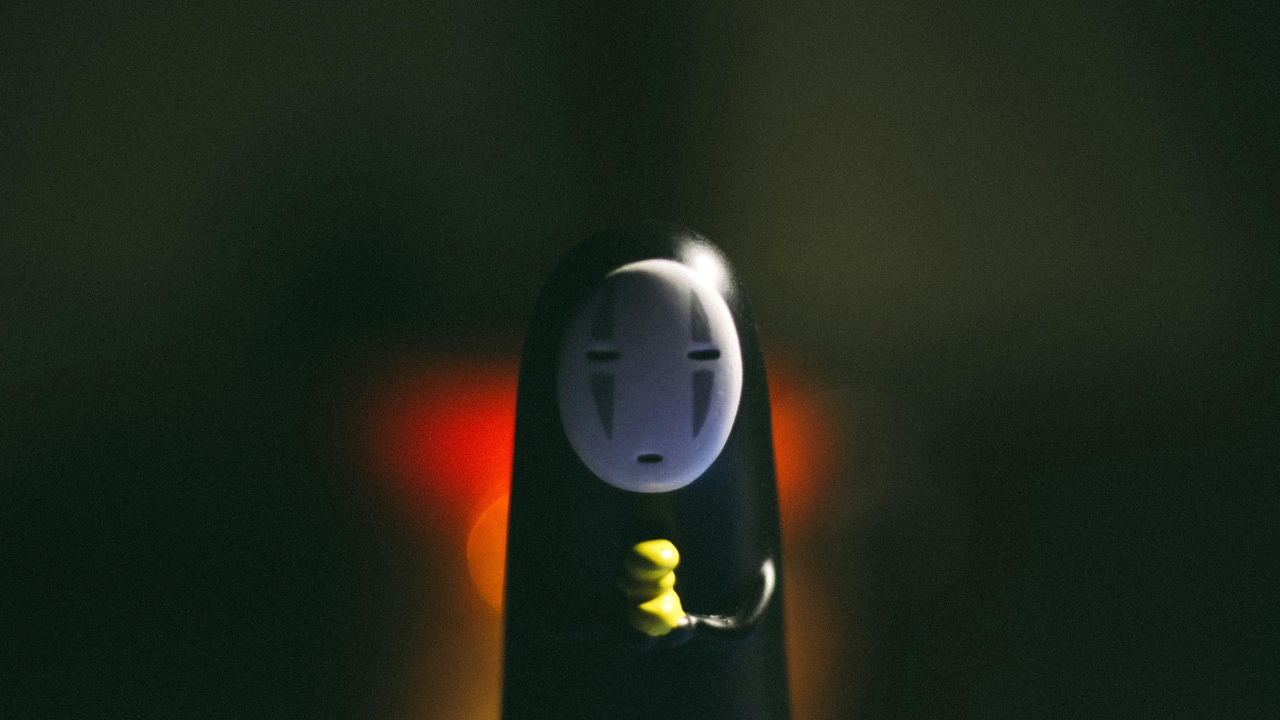A Tale of Two Worlds: Handcrafted Magic vs. AI Efficiency
Few names in animation command the same reverence as Studio Ghibli. The legendary Japanese studio, co-founded by Hayao Miyazaki, is renowned for its breathtaking hand-drawn artistry, emotionally rich storytelling, and deep-rooted cultural narratives.
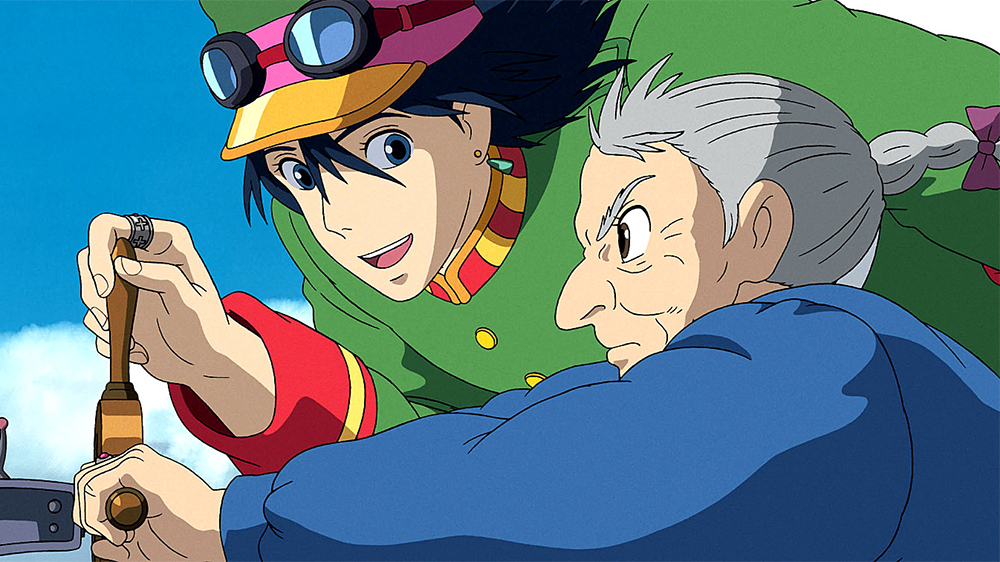
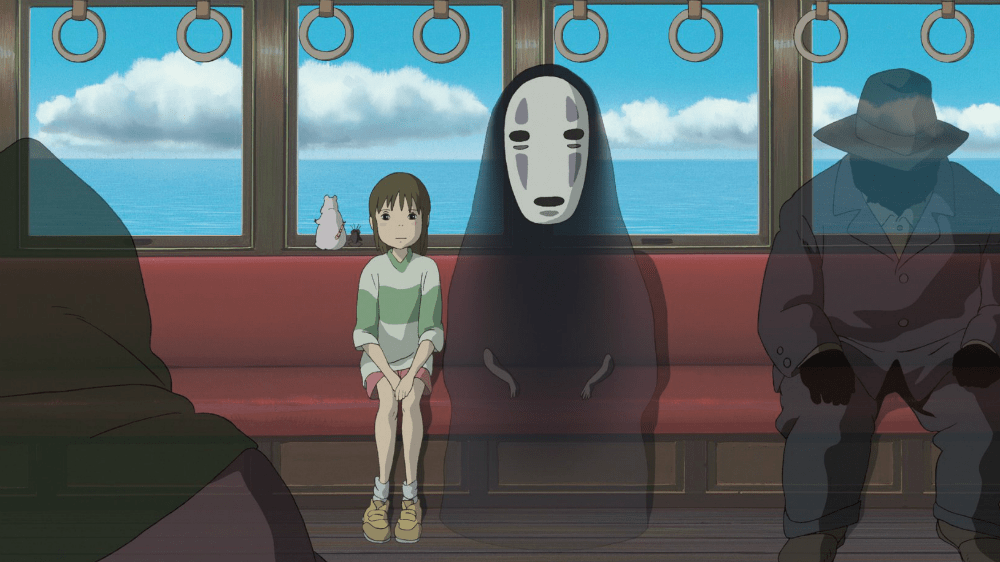
But in an era where artificial intelligence (AI) is reshaping creative industries, a heated debate has emerged: Should AI be used to create animation?
Miyazaki has made his stance clear—he sees AI-generated art as “an insult to life itself”.
Yet, despite his opposition, AI-generated Ghibli-style animations have surfaced, sparking controversy across creative communities.
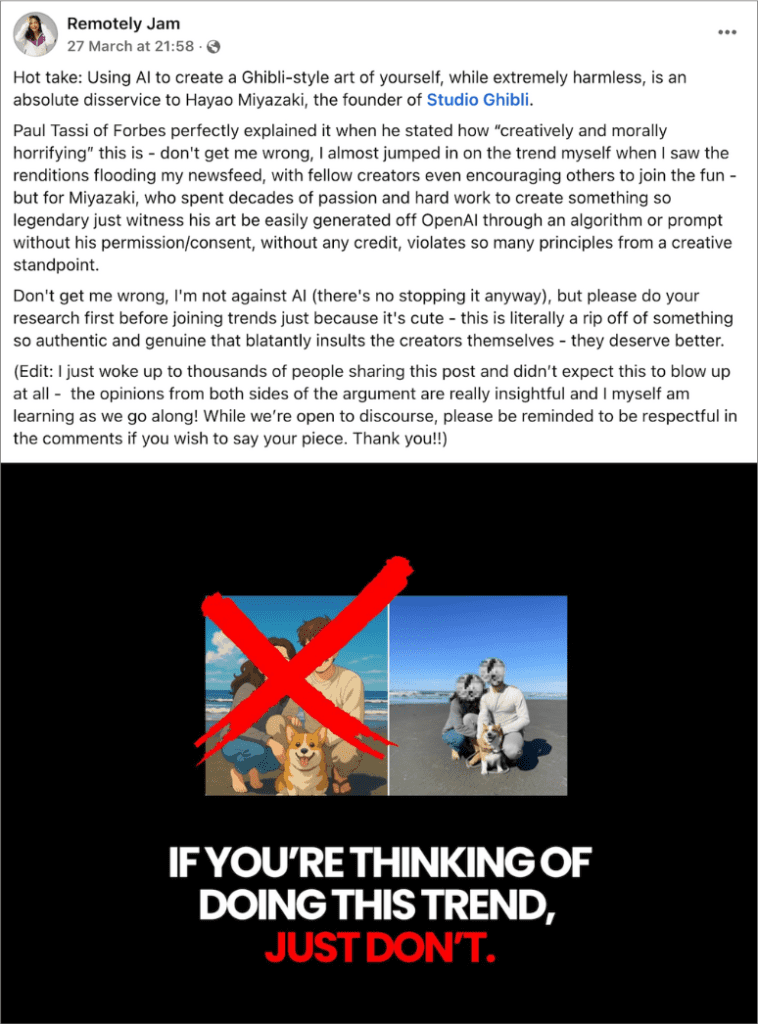
The AI Takeover: A Creative Tool or a Threat to Tradition?
Advancements in AI tools like DALL·E, Midjourney, and Runway ML have made it easier than ever to generate stunning visuals at an unprecedented speed. Recently, fans and artists have used these technologies to create “Ghibli-inspired” animations, mimicking the studio’s aesthetic with AI-assisted artwork.
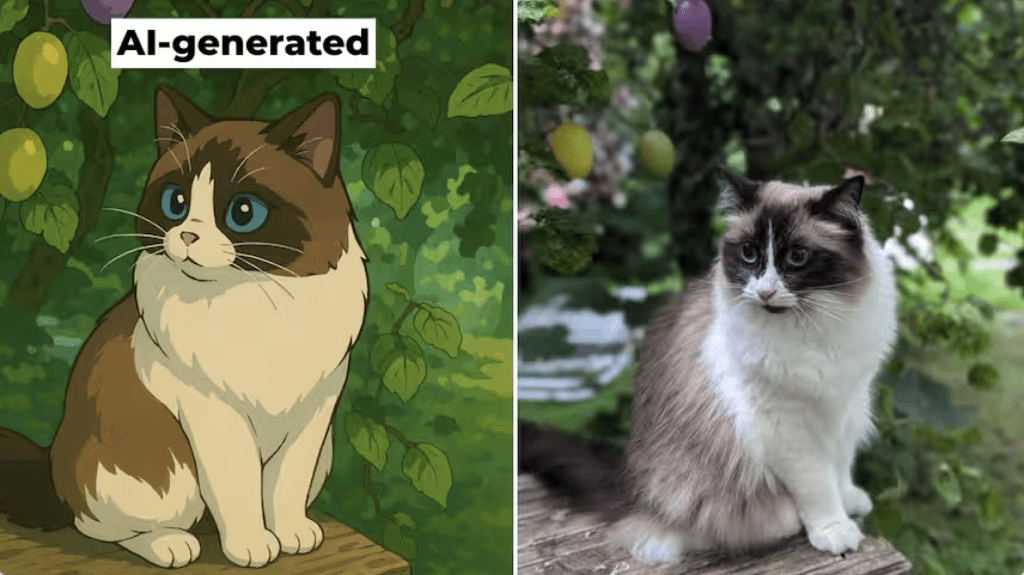
While some argue that AI democratizes creativity by allowing more people to experiment with animation, others fear that it erases the soul of hand-drawn art, stripping away the human touch that makes Ghibli films so emotionally powerful.
Why This Matters for Multicultural Storytelling
At its core, Studio Ghibli’s magic isn’t just about its visual style—it’s about cultural storytelling. Each film draws from Japanese folklore, traditions, and philosophy, infusing every frame with history and meaning. AI, while efficient, struggles to capture cultural nuance in the same way a human artist can.
Sure, AI’s great for speed and scale—but when people start cranking out memes in the Studio Ghibli style, it kind of misses the point. Ghibli’s not just a look. Every hand-drawn frame carries culture, emotion, history. I mean, if you think about it from a psych perspective—like in Hand and Mind—David McNeill talks about how gestures and speech work together to shape thought. And that’s what Ghibli captures. It’s not just art—it’s thought in motion. So when AI tries to mimic that without the cultural grounding or human touch, it turns something deeply alive into just a template or filter.
–Hassan Iqbal, Creative Director
In multicultural marketing, authenticity is key. When brands borrow from diverse cultures, there’s a responsibility to honor the depth of those traditions rather than merely replicating aesthetics. AI-generated content runs the risk of superficial representation, potentially reducing rich cultural narratives into generic visuals.
“AI is a tool that can enhance representation of diverse communities,” reminds Joycelyn David, “Like a hammer, AI is a tool where can build beautiful things — or we can cause harm to ourselves and others.” Read more from Joycelyn on Cultural Intelligence and AI here.
Should AI and Handcrafted Art Coexist?
Rather than viewing AI as the enemy, some suggest that it can be used as a tool to assist human creativity rather than replace it. Just as digital animation enhanced traditional techniques rather than erasing them, AI could be harnessed to speed up workflows while preserving artistic integrity.
For brands and creators working in multicultural marketing and storytelling, the lesson here is clear:
- Use AI as an enhancer, not a replacement for cultural authenticity.
- Prioritize human input in crafting meaningful narratives.
- Respect the origins of an artistic style—don’t just copy, but understand the culture behind it.
Now, where do we go from here?
The debate over AI in animation—and by extension, multicultural storytelling—is far from over. But one thing remains certain: while technology evolves, the need for human connection, cultural depth, and artistic authenticity remains timeless.
So, whether it’s Studio Ghibli, Pixar, or an emerging artist in a small studio, the true magic of animation isn’t just in how it looks, but in the stories it tells, and the cultures it preserves.

